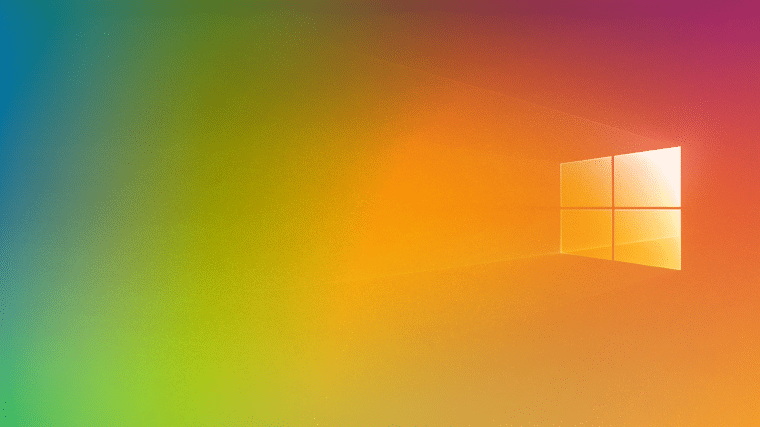In the summer of 2021, Microsoft may announce the Cloud PC service – a cloud in which owners of older PCs can run Windows 10 on modern hardware via the cloud without having to upgrade their computers. Laptops and PCs will become thin clients. For the use of Cloud PC, Microsoft plans to charge a fixed fee at several rates with the difference in the amount of SSD and RAM.
Table of Contents
Cloud OS
Microsoft is preparing for the imminent launch of a new Cloud PC service that allows you to run Windows 10 even on computers that were not originally designed to work under this system. According to the ZDNet portal, only a few weeks are left before the Cloud PC premiere.
The Cloud PC project is now codenamed Project Deschutes. It will allow users to work in a modern operating system, having in their hands, for example, a 10-year-old netbook capable of running Windows XP or, at best, Windows 7. The system itself will run in the cloud. For stable operation, the user does not have to spend money on upgrading the system unit or buying a new laptop – he only needs a stable Internet connection. In other words, the user’s computer or laptop will be used as a thin client.
Microsoft does not specify when the Cloud PC will be launched, but according to ZDNet, the service may premiere in June or July 2021.
Owners of devices running Windows 10X, the new Microsoft OS, which it was going to announce in March 2021, but in the end did not do it, will assess the capabilities of the new service, among other things. This is a light version of regular Windows 10 for entry-level PCs – it will be distributed only bundled with them, without the possibility of self-downloading and installation.
Windows 10X initially has support for ARM processors, but, as ZDNet writes, it does not implement the function of installing and running Win32 programs, software written for regular Windows 10 (and earlier OS versions). In this case, Cloud PC would allow OS owners to run the software they need without buying a computer with a full-fledged operating system. Meanwhile, there was no information about the possibility of working through the Cloud PC of third-party programs, for example, Adobe editors or any other software, at the time of publication of the material.
Prices and technical basis
Microsoft will launch Cloud PC based on its Azure cloud, which has 20% of the global cloud market. It ranks second in popularity globally after Amazon Web Services (32%, Statista.com statistics). The project will be fully managed by the corporation itself and expand its functions at the initial stage. It will be supplemented with the capabilities of the Microsoft 365 cloud office service.
According to ZDnet, Microsoft plans to provide access to the Cloud PC at a fixed price per user. This is an important difference from the current pricing for a similar Windows Virtual Desktop service, which depends on the selected Azure plan.
In November 2020, it became known about three possible tariff plans for Cloud PC, which differ for the number of virtual processors, the amount of RAM, and the storage capacity that the user will receive. The basic plan (Medium) offers 4 GB of RAM, 96 GB for SSD, and two virtual CPUs, while the medium (Heavy) offers twice the amount of RAM with the other parameters unchanged. The top tariff (Advanced) includes three virtual processors, 8 GB of RAM, but at the same time only 40 GB on the drive. The cost of each of them has not yet been established.
Where does Microsoft get the cloud operating system?
The first indirect confirmation of the ongoing work on the Cloud PC project appeared in July 2020, when Microsoft posted a vacancy directly related to it. In its description, it was said that the corporation wants to hire a specialist for the position of Cloud PC project manager.
In the same vacancy, Microsoft also declassified some details about the upcoming service, leaving without details the timing of its launch. “Microsoft Cloud PC is a new strategic offering, based on Windows Virtual Desktop, to deliver Desktop-as-a-service. Cloud PC will provide business customers with a modern, flexible, and cloud-based Windows experience and enable companies to keep pace with the times in a simplified and scalable manner, ”the job description said.
Meanwhile, the very first mentions of the possibility of using the Windows OS by subscription, including through the cloud, date back to May 2014. ZDNet wrote that the service was tentatively named Windows 365, similar to Office 365, but Microsoft representatives eventually announced that they had no plans to launch such a project.
However, two years later, in the second half of 2016, Microsoft launched a Windows 10 (Enterprise) subscription for eligible customers. A couple of years later, the Microsoft Managed Desktop (MMD) subscription service provides customers with pre-configured corporate Windows 10 devices. It deploys and manages them from the cloud, including installing functionality and security updates. At first, only Surface devices, developed by Microsoft itself, were used as computers, and then the list was replenished with equipment from HP and Dell.
